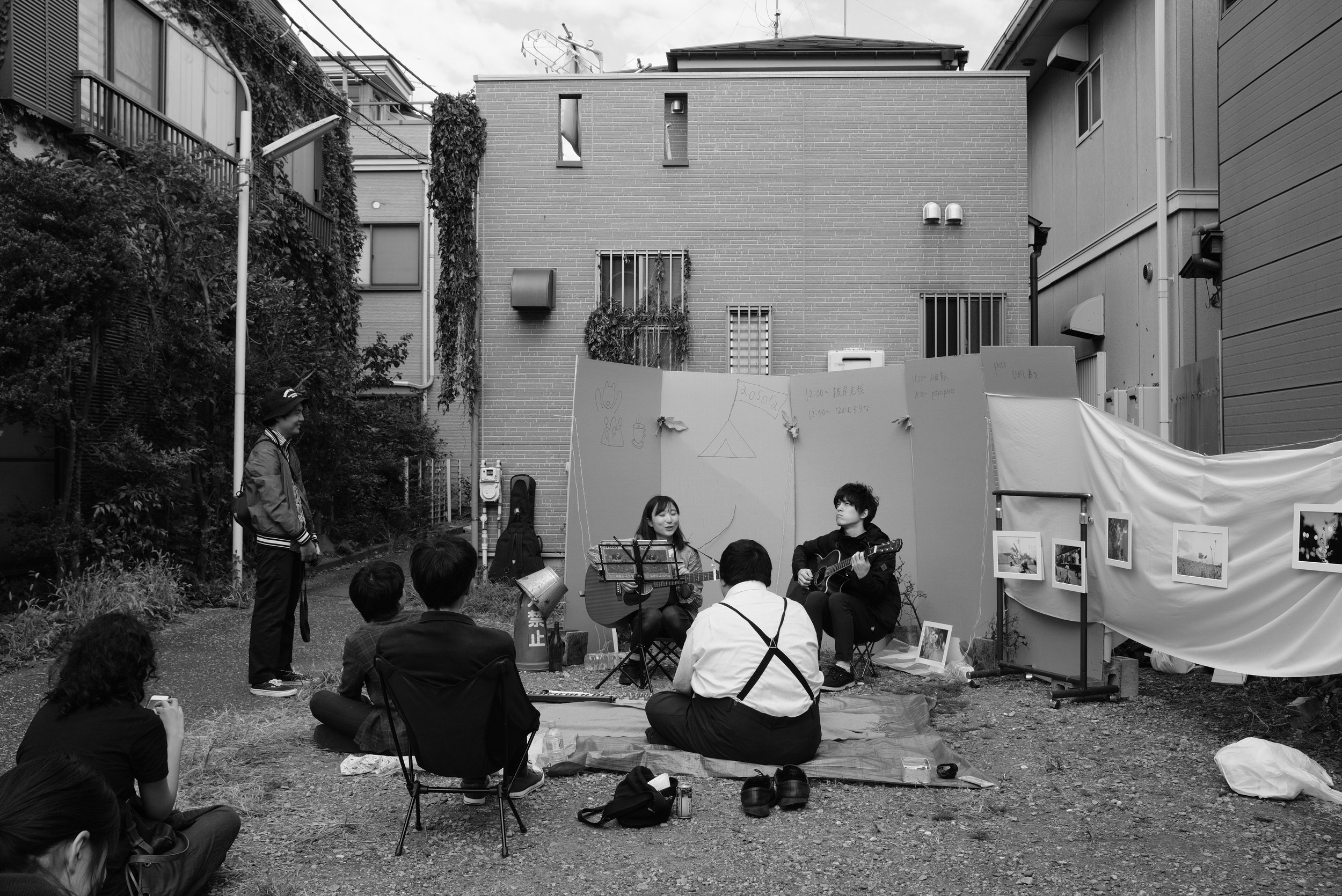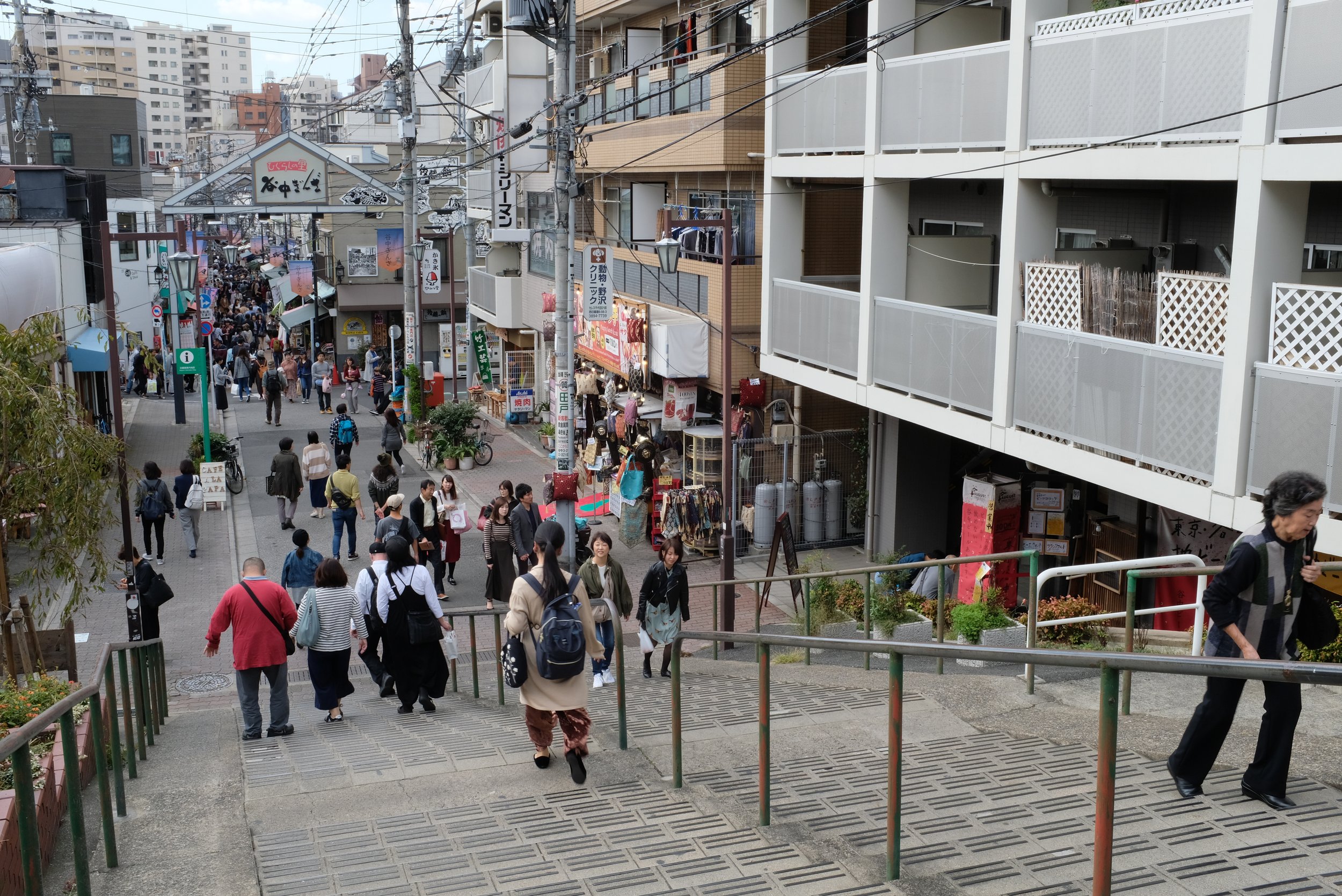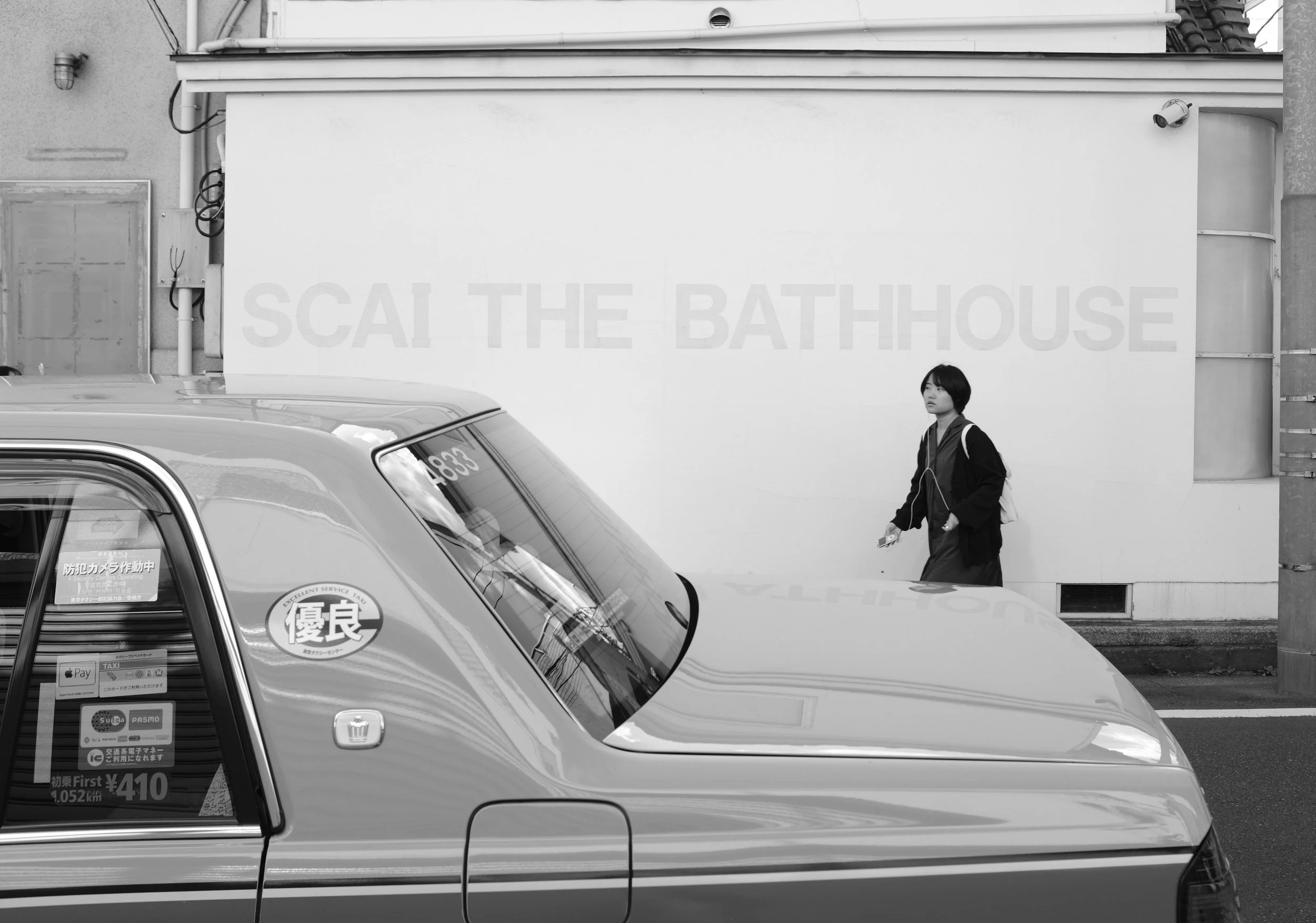Yanaka: Tokyo’s Seriously Good Hood
Being a neighbourhood is a little like being a teenager—a tough thing to get right.
There are the pressures of expectation. The challenges of forging an individual identity while being unshakeably (sometimes annoyingly) part of a bigger family. There are constraints—space, money, knowledge, time, you name it. And pimples. Always pimples. It’s bloody hard to get it right. But every now and then a neighbourhood (or teenager) manages to thread the almost impossible needle. They figure it out.
Yanaka, a neatly contained Tokyo neighbourhood a half dozen subway stops north of the city’s bullseye (Tokyo Station), gets as close to perfection as I think I’ve ever seen. Largely spared the bombings and destruction that hammered most of Tokyo during the Second World War, Yanaka subsequently dodged the swift and rapacious development that forged Tokyo into the wonderful beast that it is. While the rest of the city thrashes around it, Yanaka trundles slowly to market. Streets are small and quiet. Buildings are low and little, sometimes very old. The vibe is easy, friendly, old-timey. It’s what Tokyo might have been if it hadn't become what it is.
While I suspect Yanaka is a wonderful place to live, my interest in the place is more short-sighted. It’s a perfect portal for anyone visiting Tokyo for the first time. It’s close enough to the alluring neon nuttiness of areas like Shinjuku and Shibuya to be convenient, but removed enough to bring the blood pressure down at the end of the day. As importantly, Yanaka offers a taste of traditional Japan which makes it a perfect prelude to, say, Kyoto, or a sufficient substitute if your time in Japan is limited to Tokyo.
A dozen things I love about Yanaka:
1. Walkability
Perhaps the most important measure of a good neighbourhood is the ease with which it can be covered on foot. At a walking pace you get close enough to properly see, smell, touch and hear a place. You can walk the perimeter of Yanaka in an hour or so. Add a few more and you’ll have time to stop for coffee, duck into some shops, explore side streets and begin to sink your teeth into the area.
2. Matsunoya Industries
Tiny shop with the admirable and ambitious goal of promoting and revitalizing aramano (miscellaneous daily items) made by small factories, workshops and farms throughout the country. Honest, simple, reliable products like canvas bags, baskets & brooms, rubber boots and zinc buckets.
3. Cibi
Tokyo outpost of a Melbourne cafe of the same name. The garage-like space balances a Japanese aesthetic with Australian design for a cozy, contemporary vibe. Great coffee, great food, and a great place to hang out and feel like you live in Yanaka for an hour or so.
4. Idaten
Discrete, unmarked shop with a brilliantly curated collection of Japanese ceramics. Looks and feels like it’ll be terrifyingly expensive, but remarkably, it’s not. The lovingly worn and perfectly preserved wood interior is alone worth a visit.
5. Yanaka Ginza
This street is the main shopping artery of Yanaka. Yes, it gets kind of busy. And admittedly, it can feel a touch touristy on certain days. But it doesn’t matter. This 200-metre stretch of tarmac is lined with so much soul and character you’ll be lucky to cover the distance in an hour. Sake joints, food stalls, and itty bitty shops selling everything from artisanal knives to leather bags. It’s old, it’s new, it’s pushing with life.
6. Asakura Museum of Sculpture
Former home and studio of lauded Japanese artist Fumio Asakura (1883-1964). There’s some fun sculpture sprinkled around the rambling property, but the real appeal are the spaces themselves—a jarring, yet harmonious, mash-up of traditional wood and tatami architecture and brutalist concrete DIY design.
7. Scai The Bathhouse
A small contemporary art gallery in a former bath house. Read anything about Yanaka and this place will likely be listed. And for good reason. Whatever they’re showing is almost guaranteed to be brilliant. When I was there they had a captivating installation by Kohei Nawa—a bubbling pool of silicon oil that slowly popped and sputtered into mesmerizing patterns.
8. Tokyobike
When tokyobike began making elegant, minimalist city bikes here in 2002, they were at the front of the wave of retro wheels that has since swamped cities around the world. Swing by their rental shop to borrow a bike for the day (such a great way to explore Yanaka) or drop into their boutique to check out the totally cool collection of bikes and stylish cycling paraphernalia.
9. It Still feels Real
There’s a point when neighbourhoods tip and become overly aware of how amazing they are. Surely many in Yanaka know it’s the bees knees, but at least as many appear not to notice, or care. Much of the neighbourhood is wonderfully stuck in time. Totally real, totally uncool (which, of course, makes it crazy appealing and wildly cool).
10. Kayaba Coffee
More than being a perfect place to recaffeinate while you wander, Kayaba is subtle expression of Yanaka’s reverence for both the old and the new. From the outside, this place appears pretty much as it has for decades. Step inside, however, and the crisp contemporary decor reflects the always-evolving nature of a great neighbourhood.
11. Yanaka Beer Hall
At the end of a small lane off a quiet side street, this cluster of old wood buildings basically hugs you as you approach. Kissing a pint at the Beer Hall is one way to repay the love. Or pick up some delicious sourdough at the bakery tucked behind it and have a heart-to-heart in the atmospheric courtyard.
12. Temples Aplenty
Japan may have a lot of temples, but Yanaka has an absurd number of them. They’re easy to miss at first sweep, but the more you wander the quiet streets near the cemetery, the more you realize they’re everywhere. It’s true, many find too many temples tedious. Fair enough. Visit a few though. Not only will they reconnect you with the long history of Tokyo, but they offer space for quiet and reflection that you’ll be hard-pressed to find elsewhere in this city of so many million.
















